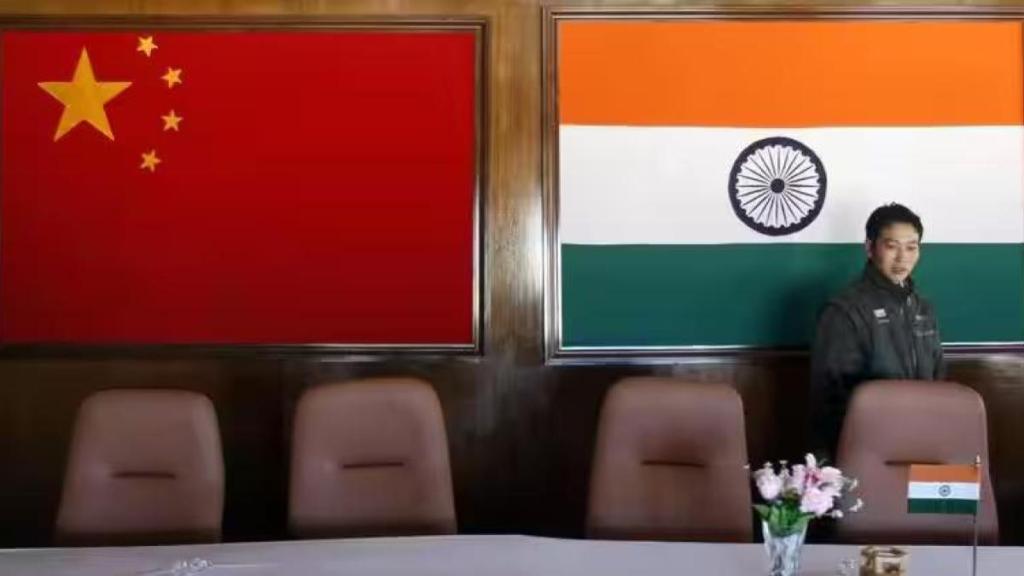India and China have recently taken significant steps towards resolving their longstanding border issues. As External Affairs Minister S Jaishankar engaged in discussions with his Chinese counterpart Wang Yi ahead of the ASEAN meetings, both leaders emphasized the importance of dialogue and communication to address and manage differences between the two nations.
Jaishankar’s Perspective
During their meeting in Vientiane, Laos, Jaishankar stressed the need for full respect for the Line of Actual Control (LAC) and adherence to past agreements to stabilize and rebuild ties with Beijing. This meeting marked the second encounter between Jaishankar and Wang Yi within a month, emphasizing the urgency and importance of resolving border issues.
“Met with CPC Politburo member and FM Wang Yi in Vientiane today. Continued our ongoing discussions about our bilateral relationship. The state of the border will necessarily be reflected on the state of our ties,” Jaishankar posted on X after their meeting. He reiterated the need for strong guidance to complete the disengagement process following the military standoff in eastern Ladakh that began in May 2020.
The Ministry of External Affairs (MEA) issued a statement highlighting that the meeting provided an opportunity for the two ministers to review the situation since their last meeting in Astana on July 4. Their discussions focused on finding an early resolution to the remaining issues along the LAC to stabilize and rebuild bilateral relations.
Progress and Challenges
The July 4 meeting in Astana between Jaishankar and Wang Yi at the SCO summit reaffirmed India’s stance that bilateral relations should be grounded in mutual respect, interest, and sensitivity. Despite the persistent standoff between the Indian and Chinese militaries since May 2020, both sides have disengaged from several friction points.
The ties between the two countries deteriorated significantly following the violent clash in the Galwan Valley in June 2020, which marked the most serious military conflict between India and China in decades. Since then, 21 rounds of Corps Commander-level talks have been held to resolve the standoff. India has been urging the People’s Liberation Army (PLA) to disengage from areas like Depsang and Demchok.
Although the 21st round of high-level military talks in February did not yield a breakthrough, both sides agreed to maintain peace and tranquillity on the ground and continue communication on the way forward.
Dialogue and Strategic Vision
In a statement by the Chinese Foreign Ministry, Wang Yi underscored that India and China should adopt a rational approach to rise above their differences and frictions. This approach aims to foster stable and sustainable development in bilateral relations. “It is hoped that the two sides will work together to actively explore the right way for the two big neighbours to get along with each other,” Wang Yi remarked. He highlighted that a relationship back on track would benefit both nations and align with the aspirations of countries in the ‘Global South.’
The commitment to maintaining peace and tranquillity in the border areas was mutual. Both sides agreed to pursue progress in consultations on border affairs and strengthen communication through platforms such as East Asia cooperation, SCO, G20, and BRICS.
Future Prospects
The recent engagements between Jaishankar and Wang Yi signify a concerted effort by both nations to move towards a more stable and cooperative relationship. The emphasis on dialogue, mutual respect, and strategic vision reflects a commitment to resolving border issues that have long hindered bilateral ties.
As both countries navigate these complex issues, the global community will be watching closely. The resolution of the India-China border conflict will not only impact bilateral relations but also influence regional stability and global geopolitics. With sustained efforts and constructive dialogue, there is hope for a peaceful and mutually beneficial resolution to the longstanding border issues between India and China.


